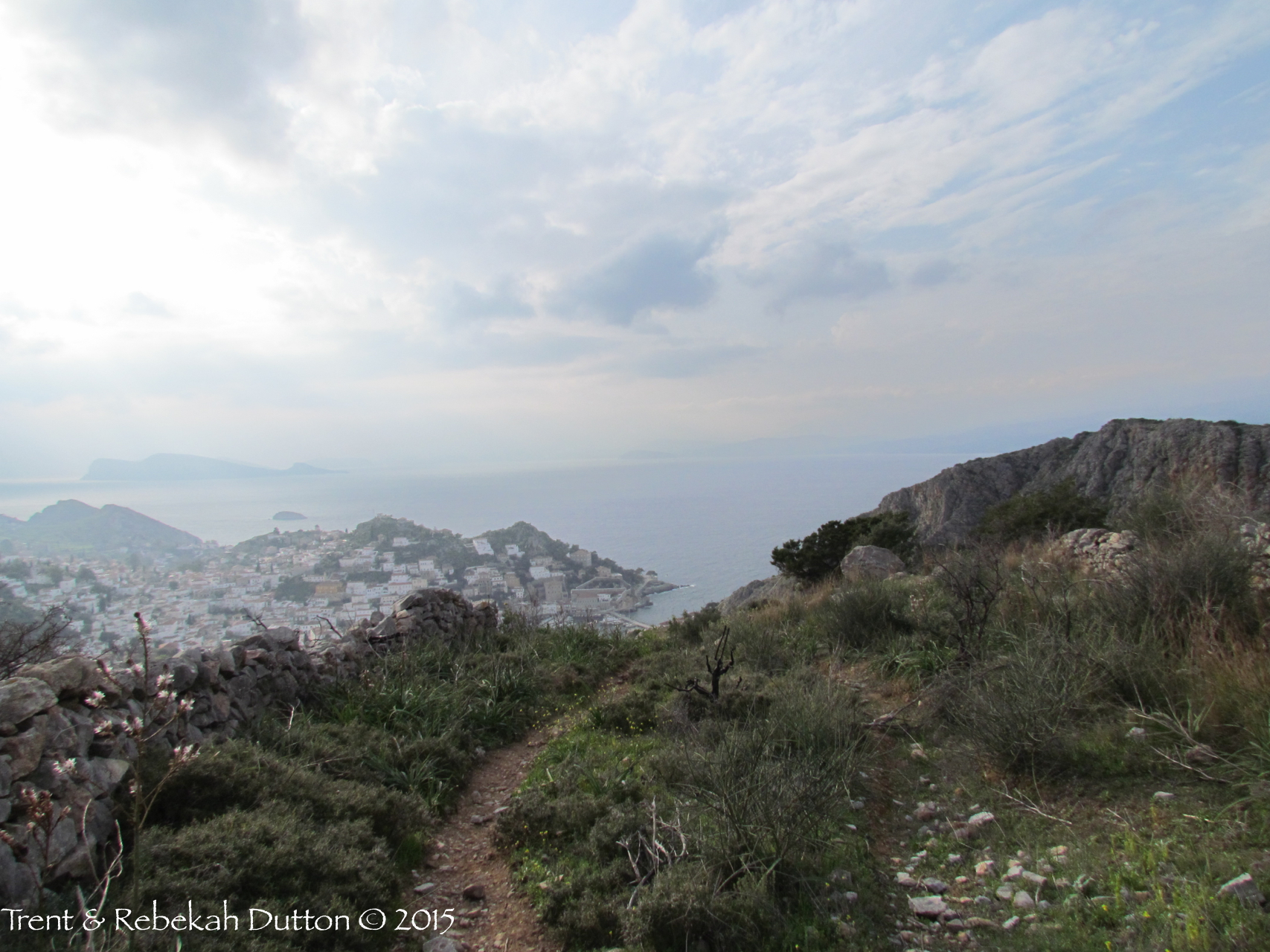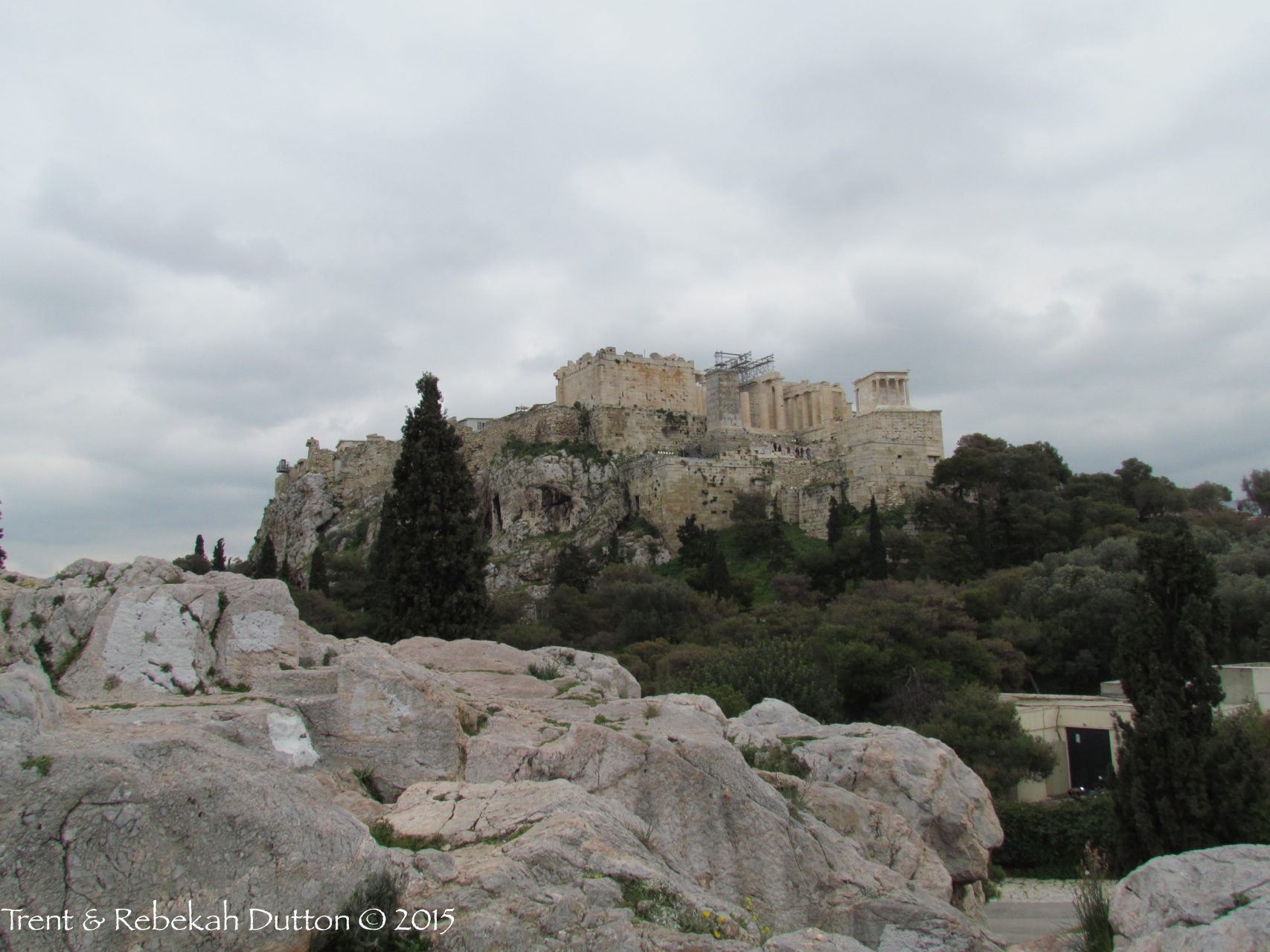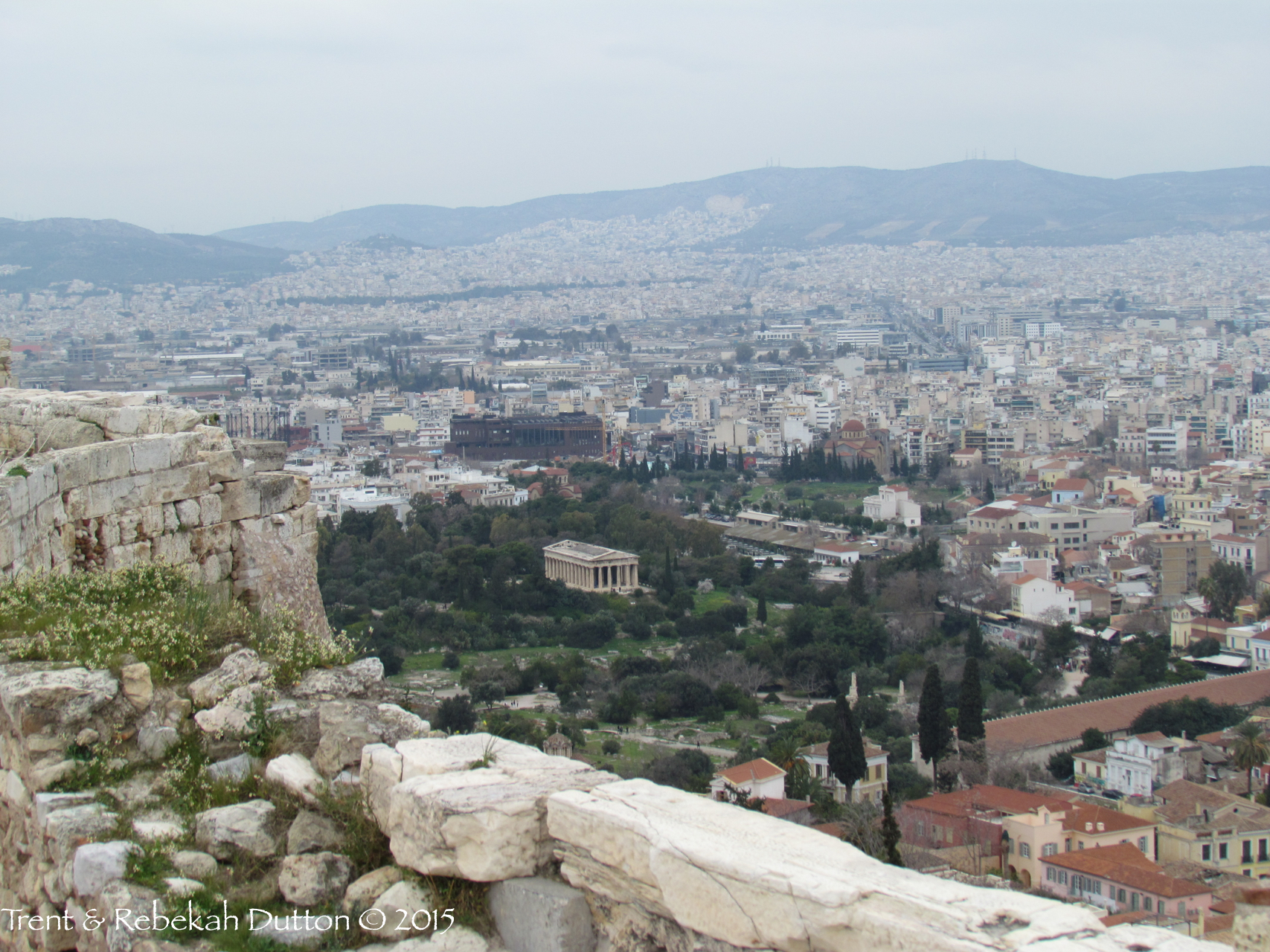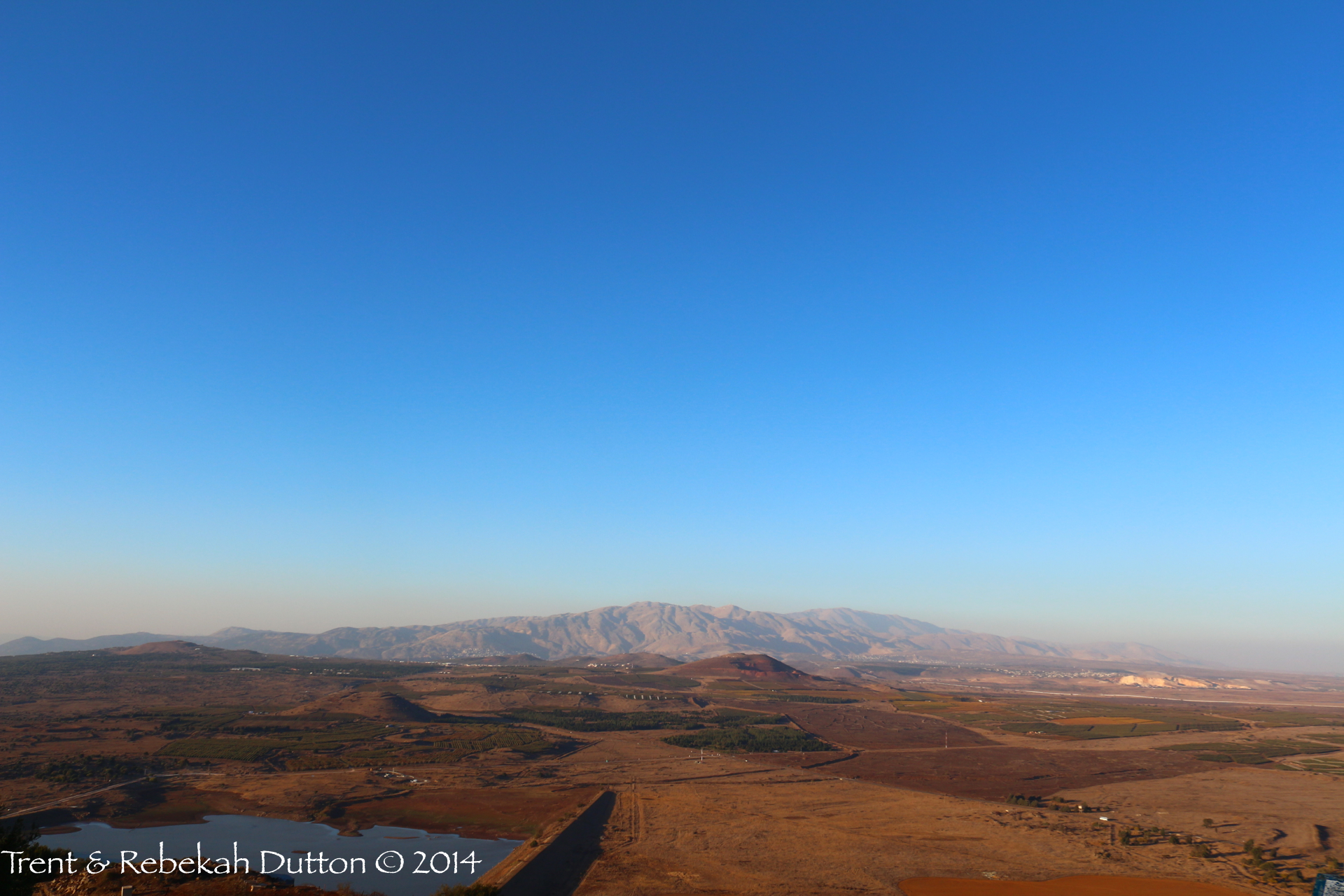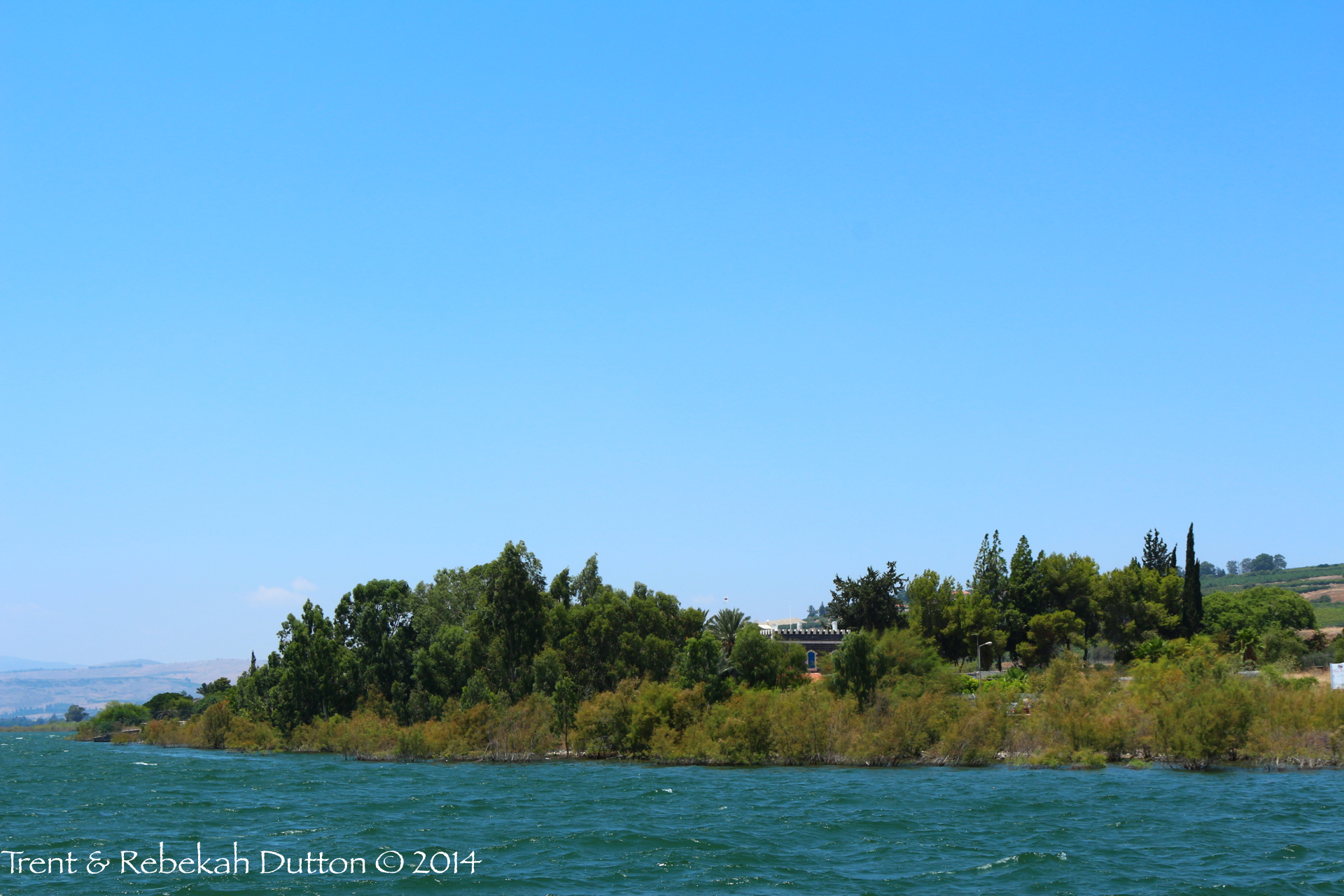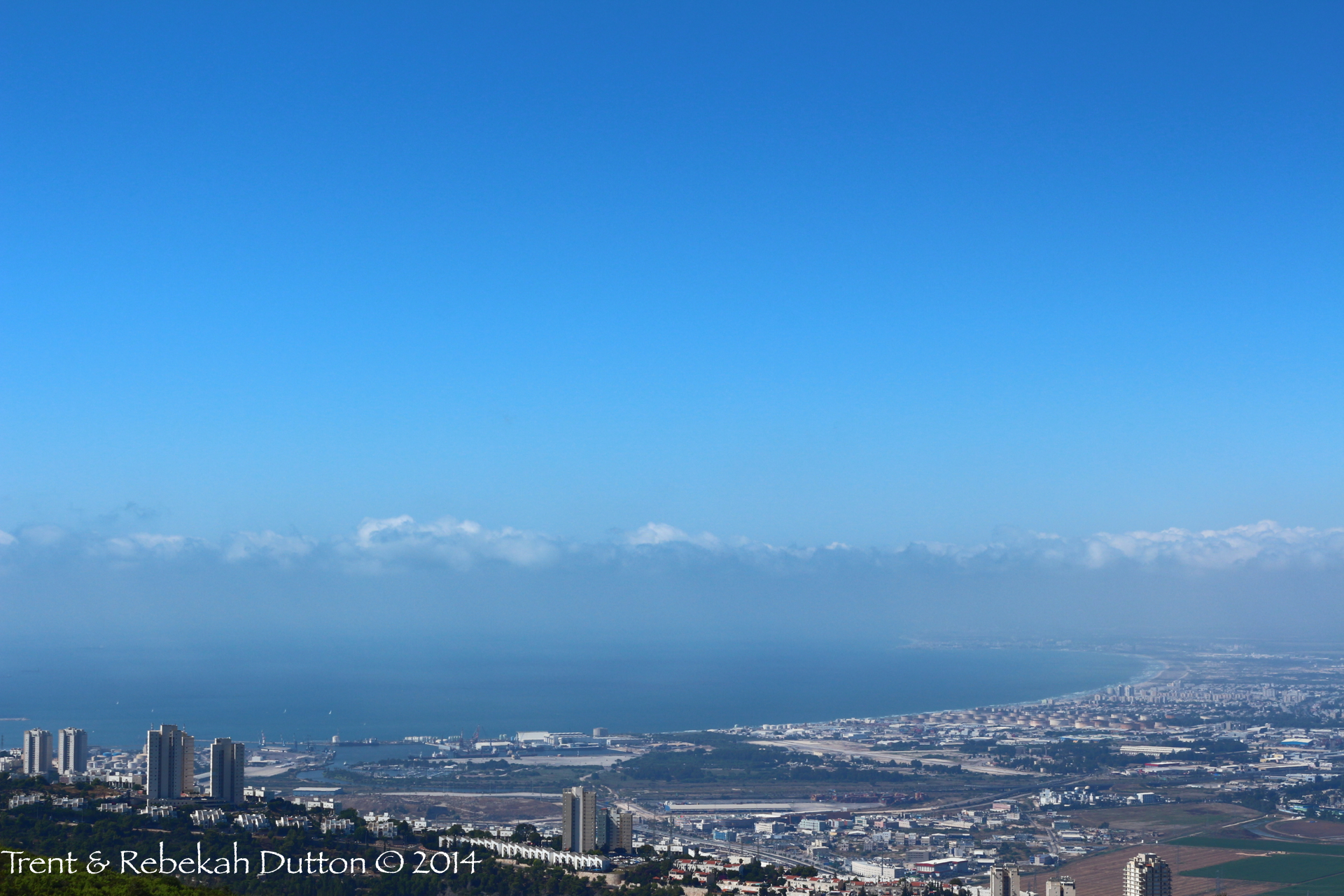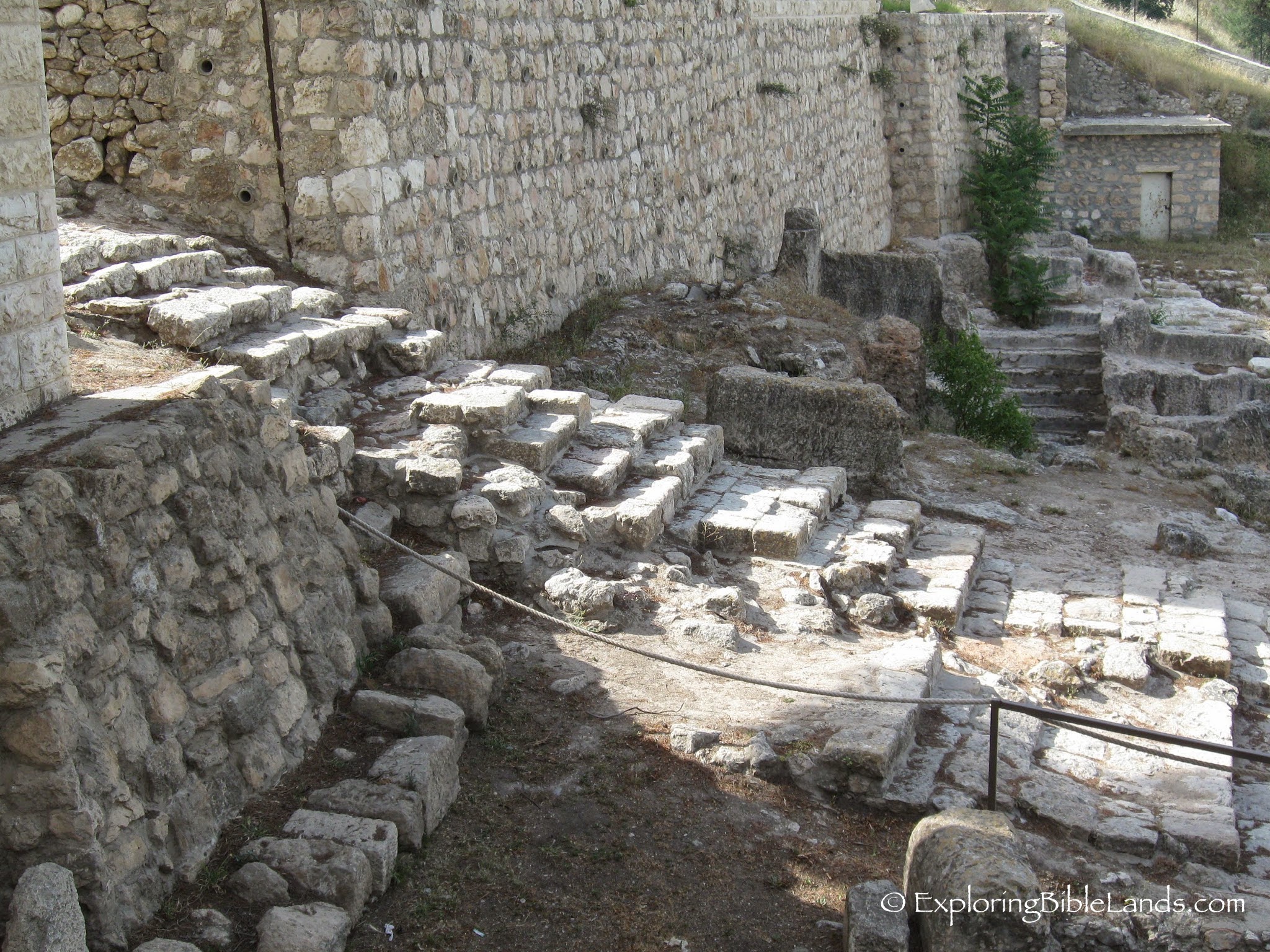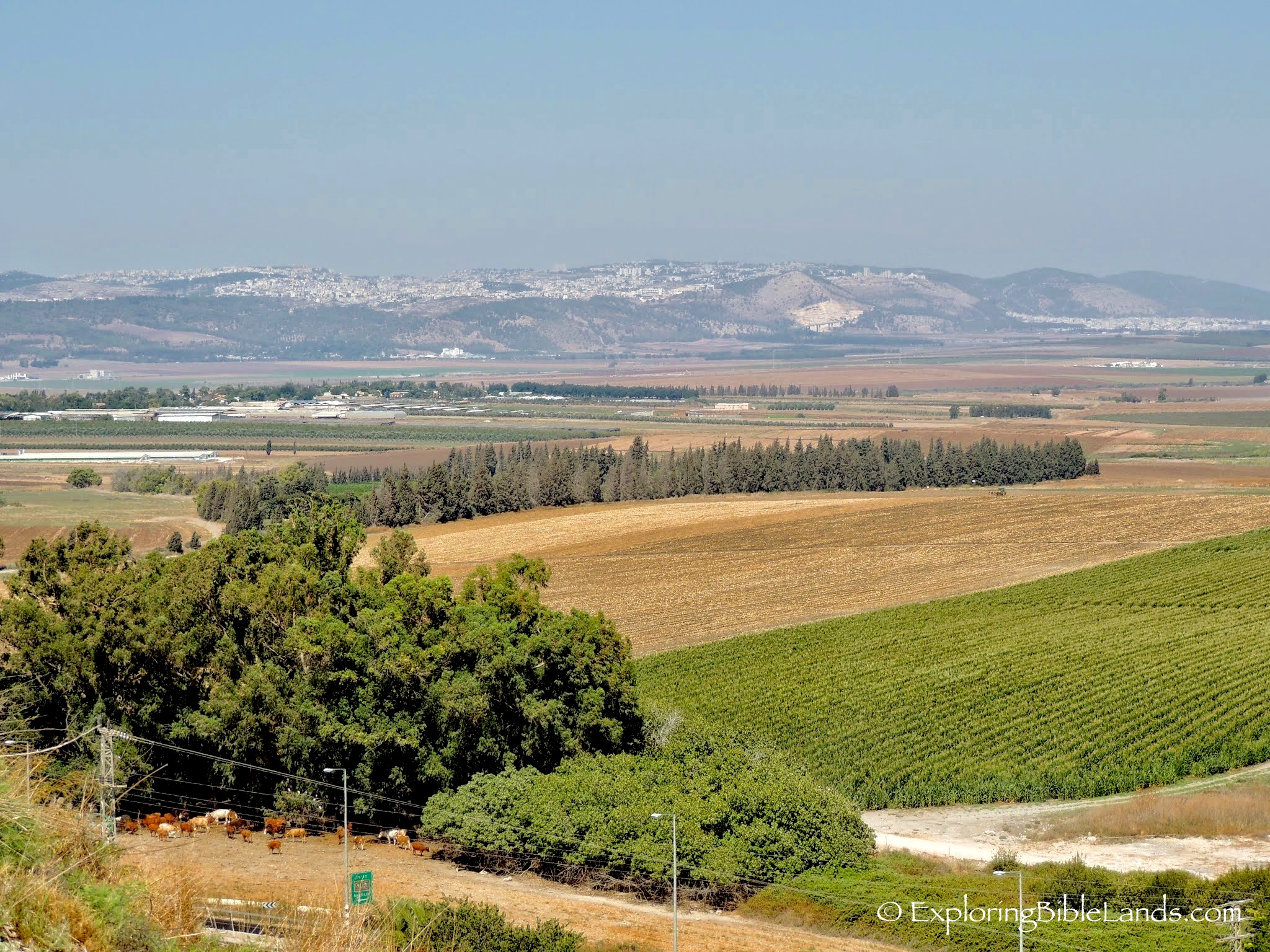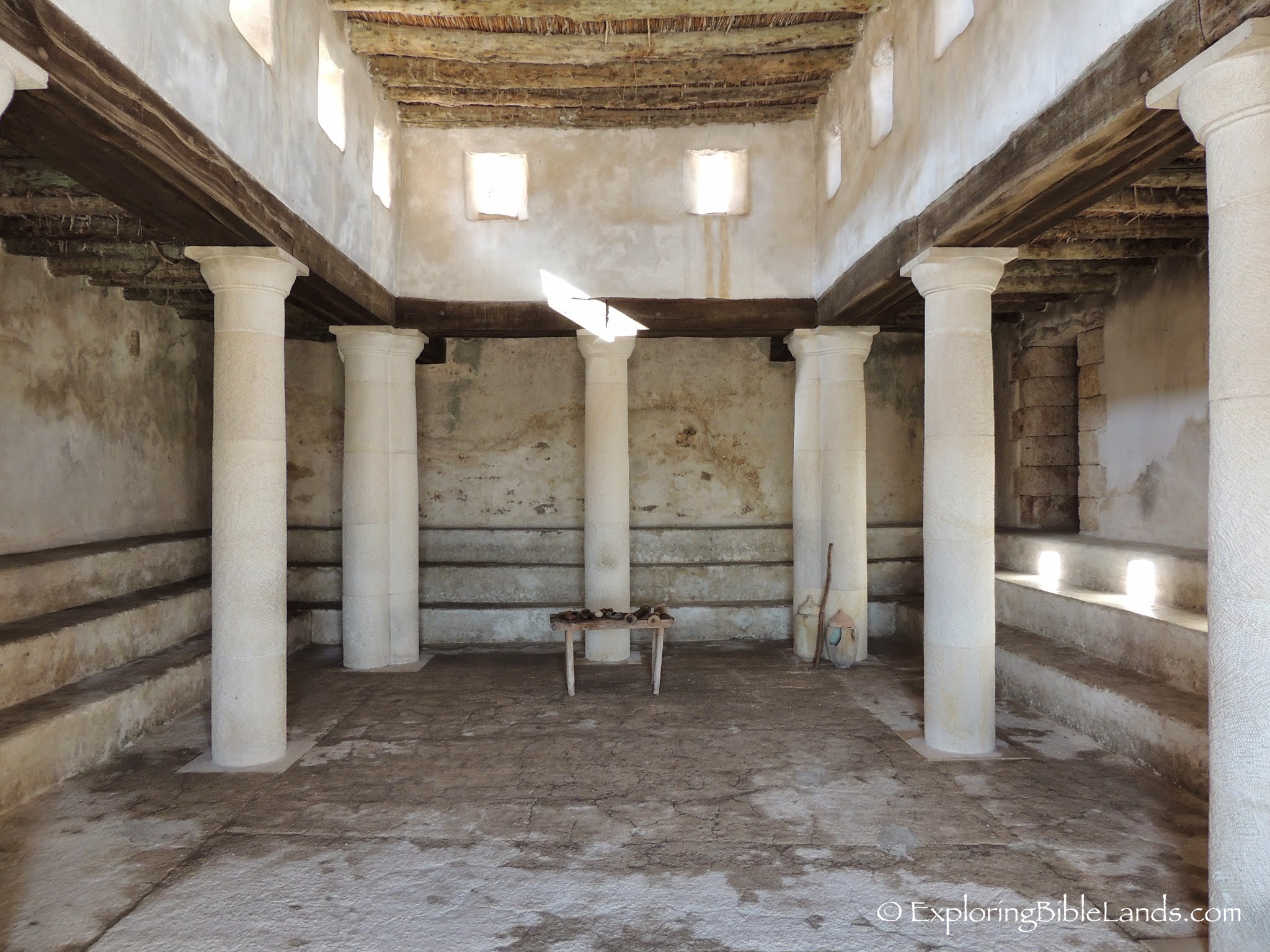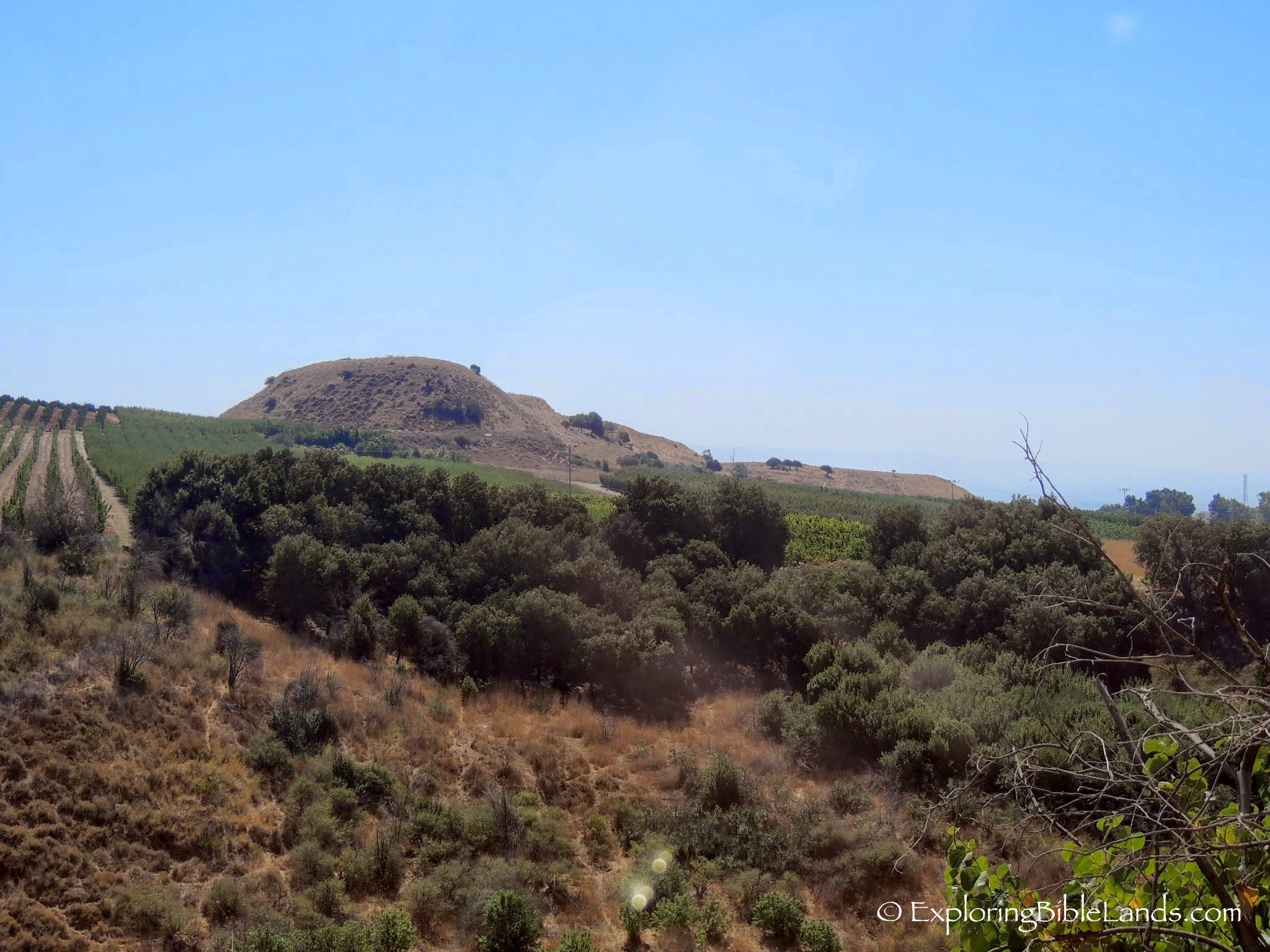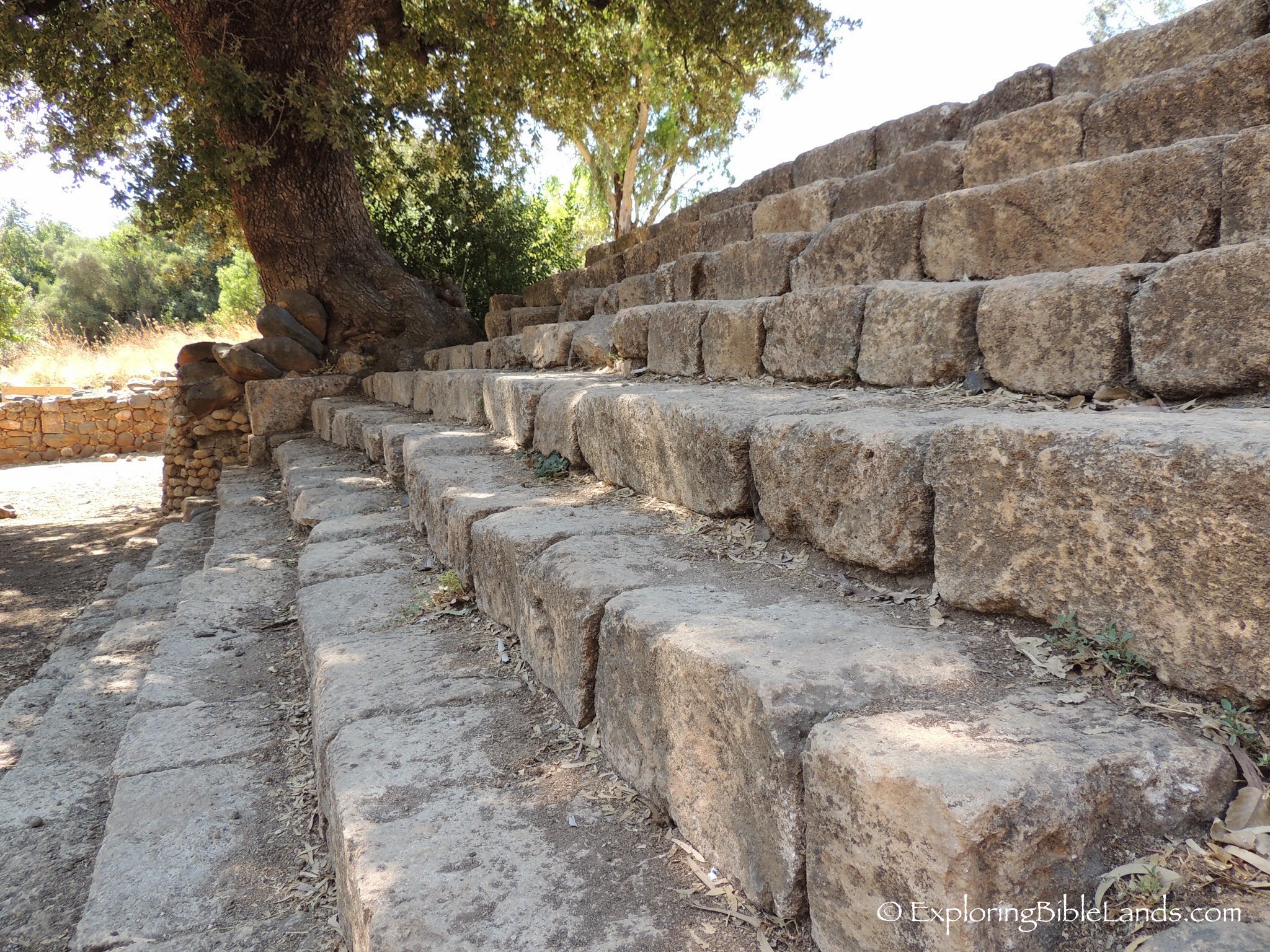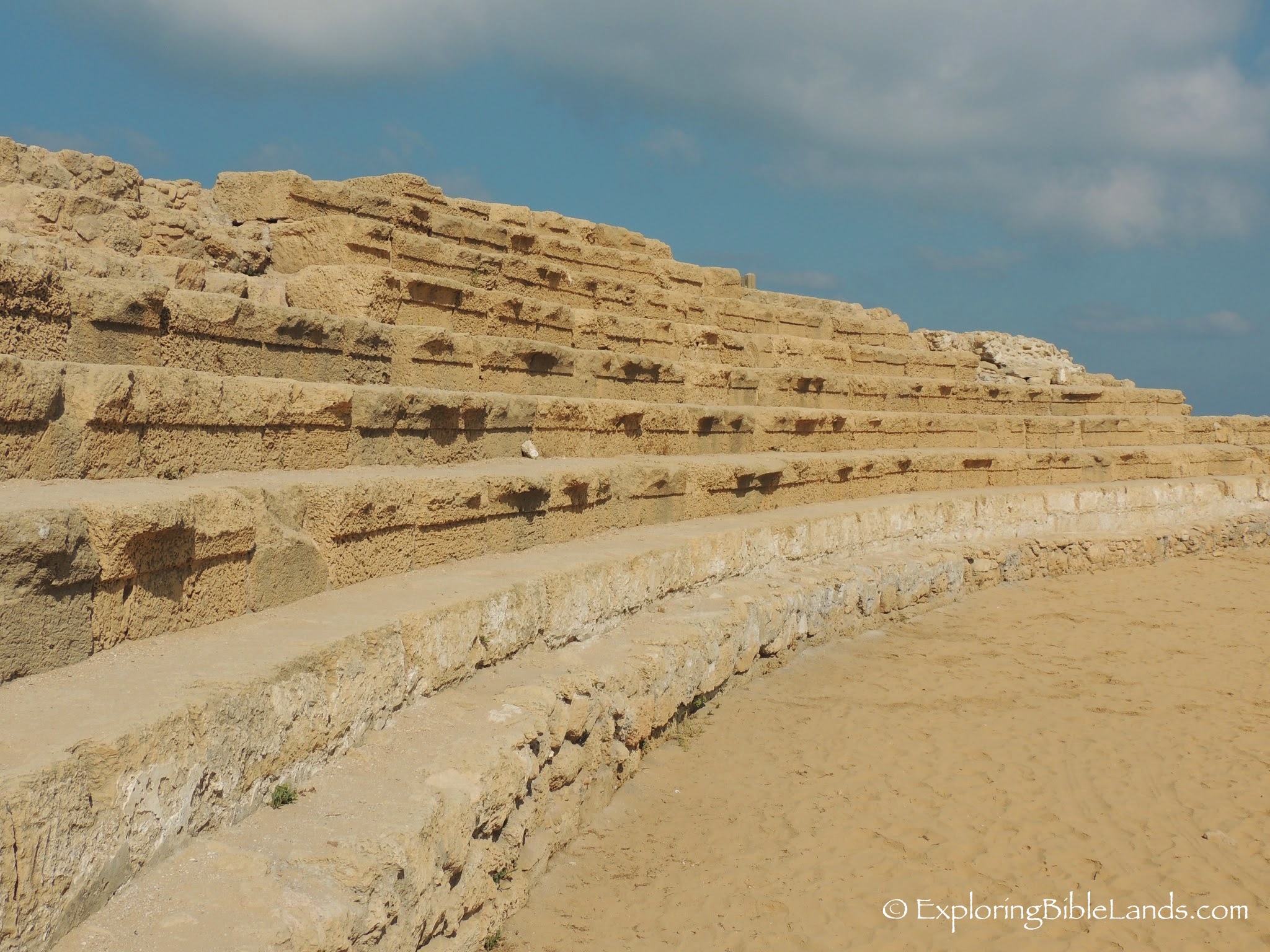 An odeon, another name for a theater type structure, was a building or open air theater built by the Greeks and Romans for music, poetry readings, and other similar events. Paul is again brought to mind and his encounter with certain Ephesians in their “theater” with troubles over one of their gods (Acts 19). This Odeon of Herodes Atticus (a Greek who served as a Roman senator), is well preserved and partially restored, resting at the base of the Athens acropolis. Images like these show a concept such as the ancient theater was spread throughout the Greek and Roman world. Caesarea Maritima, on the Mediterranean shores of Israel, holds another well preserved and restored theater such as this.
An odeon, another name for a theater type structure, was a building or open air theater built by the Greeks and Romans for music, poetry readings, and other similar events. Paul is again brought to mind and his encounter with certain Ephesians in their “theater” with troubles over one of their gods (Acts 19). This Odeon of Herodes Atticus (a Greek who served as a Roman senator), is well preserved and partially restored, resting at the base of the Athens acropolis. Images like these show a concept such as the ancient theater was spread throughout the Greek and Roman world. Caesarea Maritima, on the Mediterranean shores of Israel, holds another well preserved and restored theater such as this.


